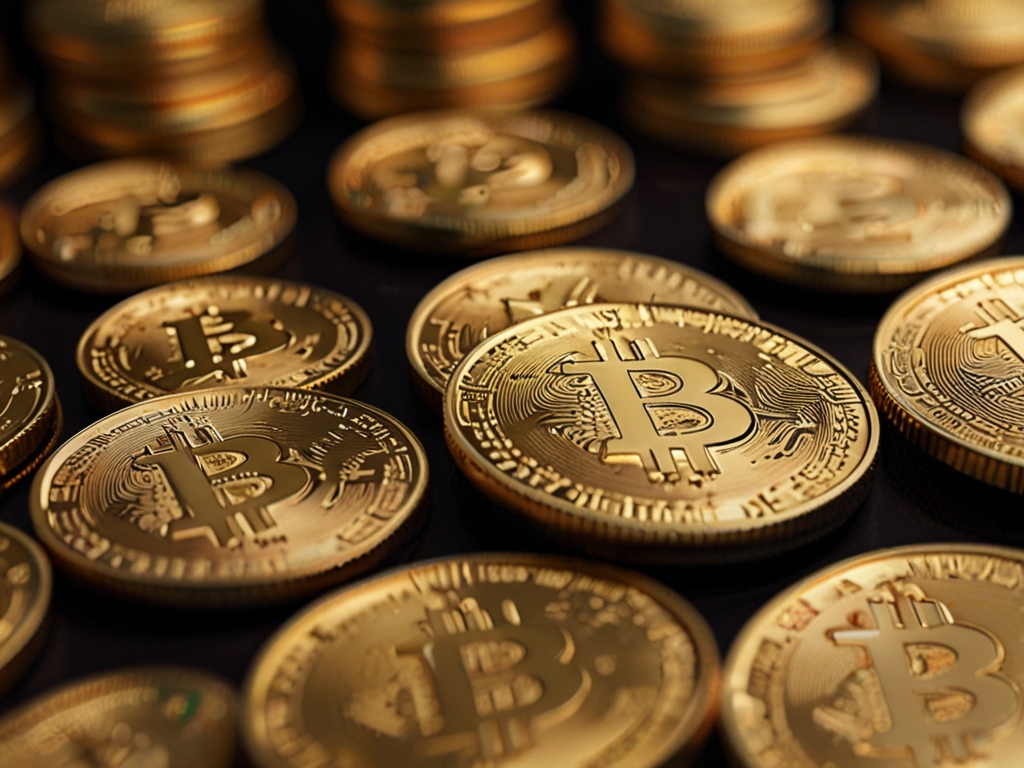






TOKENICATION_ is your reliable source for the latest news and analysis on cryptocurrencies. We provide up-to-date information on Bitcoin, Ethereum, and other digital currencies to keep you informed about the latest trends and help you make informed decisions.

Date: 2025-02-26 15:01:53
Yesterday, spot bitcoin exchange-traded funds (ETFs) experienced their biggest daily outflow ever, with investors withdrawing nearly $1 billion. Meanwhile, physically-backed gold ETFs are still attracting substantial inflows, which could be a positive sign for cryptocurrencies backed by gold.
According to data from the World Gold Council, physically-backed gold ETFs had their largest weekly inflow since March 2022 last week, with inflows amounting to 52.4 tons, or approximately $4.9 billion. The majority of this increased demand came from North America.
As a whole, gold ETF holdings stand at 3,326 tons, worth roughly $314 billion, according to the organization.
Despite some recent declines, gold has risen by nearly 11% so far in 2025, 43% year-over-year, and is currently trading at $2,910 per ounce. Analysts have pointed to increasing geopolitical tensions and uncertainty over potential Trump tariffs as possible reasons for this growth.
Gold-backed cryptocurrencies, such as Paxos gold (PAXG) and Tether gold (XAUT), which are intended to follow the price of the metal, have outperformed the broader crypto market, which is up by 26% year-over-year according to the CoinDesk 20 Index.
Read More: "Ethereum ETFs see $94.3M in redemptions, large investors offload ETH"
The demand for these tokens is also increasing. According to data from RWA.xyz, over $25 million worth of commodity-backed tokens were created this month, marking the largest monthly volume since December 2022, while around $12 million were destroyed.
As the demand for gold continues to rise, supply appears to be relatively stable. Data from the World Gold Council indicates that mining production in the fourth quarter of last year decreased by roughly two tons compared to the previous quarter, while hedging and recycling increased. In total, tracked supply increased by about 1% year-over-year.
Read More: "AI-Powered Assistants in Sweat Economy Customize Web3 Fitness Rewards"